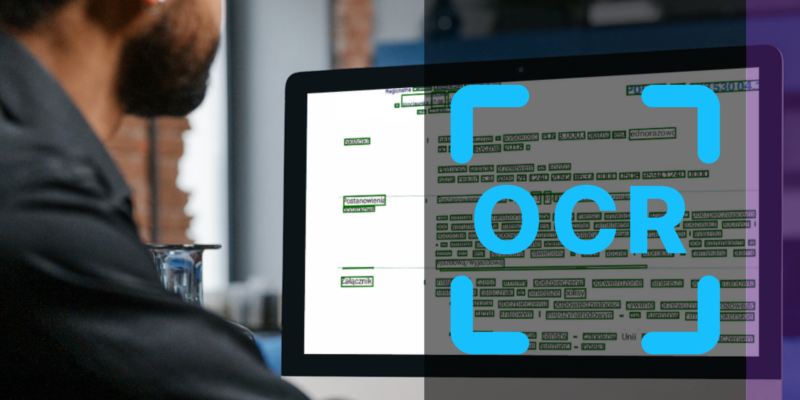As organizations expand and evolve, the ability to access historical data, insights, and documentation becomes not just a convenience but a necessity. The significance of maintaining a comprehensive knowledge base or archive cannot be overstated. This blog post delves into the best practices for document management and archiving, emphasizing the paramount importance of readability to ensure that your documentation remains a valuable asset for years to come.
A well-organized and accessible archive not only preserves the legacy and changes made by the organization but also empowers current and future employees to make informed decisions based on previous data and experience. The first step in creating a lasting knowledge base is to recognize the value of every piece of information generated and to treat document management as a critical business process, rather than an administrative afterthought.
Crafting Timeless Documentation
To ensure that your documentation will be properly categorized, quick to find, and most importantly readable, it is crucial to maintain regular work and care for its quality from the moment it is accepted into the accounting cycle. Here are some strategies to create documents that remain readable and relevant for years:
Categorization – Ensure proper document categorization. Make sure they were directed to the correct department and accurately described.
OCR Index – When you are using OCR programs to analyze documents, ensure that the program has correctly read the file and extracted valuable and accurate data from it. Aim for a high OCR Index. We wrote about it here.
Standardize Formats: Adopting uniform document formats, templates, and structures makes it easier for users to find and interpret information.
Accessibility: Ensure documents are accessible to all potential users, including those with disabilities, by following best practices for digital accessibility.
Metadata and Tagging: Include comprehensive metadata and use consistent tagging to make documents easily searchable.
What to Consider When Categorizing Documents
There is no single universal classification for documents, as each company is different and deals with various types of documentation. The company archive must be tailored to the needs of employees so that they can quickly find the right documents without disrupting the existing order. Below are a few examples of how you can divide company documentation:
Financial Documents: This category includes invoices, receipts, bank statements, financial reports, budgets, and tax-related documents.
Legal Documents: Contracts, agreements, licenses, patents, trademarks, and legal correspondence fall under this category.
Human Resources: Employee records, payroll documents, training materials, performance reviews, and policy manuals are categorized here.
Operations: This includes standard operating procedures (SOPs), process documents, quality control records, and maintenance logs.
Corporate Governance: Board meeting minutes, corporate resolutions, shareholder communications, and governance policies are part of this category.
Project Management: Project plans, progress reports, project contracts, and closure documents.
Marketing and Sales: Marketing plans, sales reports, customer contracts, promotional materials, and customer communications.
Customer Service: Customer feedback, service records, warranty information, and support tickets.
Research and Development: Research reports, product development documents, test results, and innovation records.
Health and Safety: Safety manuals, incident reports, health records, and compliance documents with health and safety regulations.
IT and Technology: Software licenses, system documentation, user guides, and IT support tickets.
The Pitfalls of Hastiness
Secretariats, dispatch offices, and registries receive a large number of documents daily that need to be read, properly categorized, and forwarded to the appropriate department. Employees of large companies often lack the time to thoroughly review each document. In such situations, mistakes are easy to make. An unreadable file, such as a scan of a receipt, may be accepted, which will be difficult to account for due to the lack of key data such as the tax identification number or the type of expense. An even more difficult situation to remedy arises when there is no possibility of properly accounting for an employee’s working time when they are assigned to work in the field in an irregular work schedule. Correcting these errors can be very time-consuming and may lead to conflicts.
Minimizing Errors
To reduce the occurrence of such mistakes, consider implementing the following practices:
Review Processes: Establish a review process to check documents for accuracy, completeness, and readability before they are finalized.
Training and Awareness: Educate employees on the importance of document management and provide training on best practices.
Technology Solutions: Utilize document management systems (DMS) that offer features like templates, automated workflows, and AI-powered insights to enhance document quality and consistency. You can support their operations by using DocsQuality, which monitors the quality of the received documentation and alerts you about unreadable files.
Effective document management and archiving are not just about storing information but ensuring that it remains accessible, readable, and valuable over time. By prioritizing readability and adopting best practices in document creation and management, organizations can safeguard their knowledge base, making it a lasting resource for decision-making and historical reference. Remember, the documents you create today are the legacy you leave for the future. Let’s make them count.



